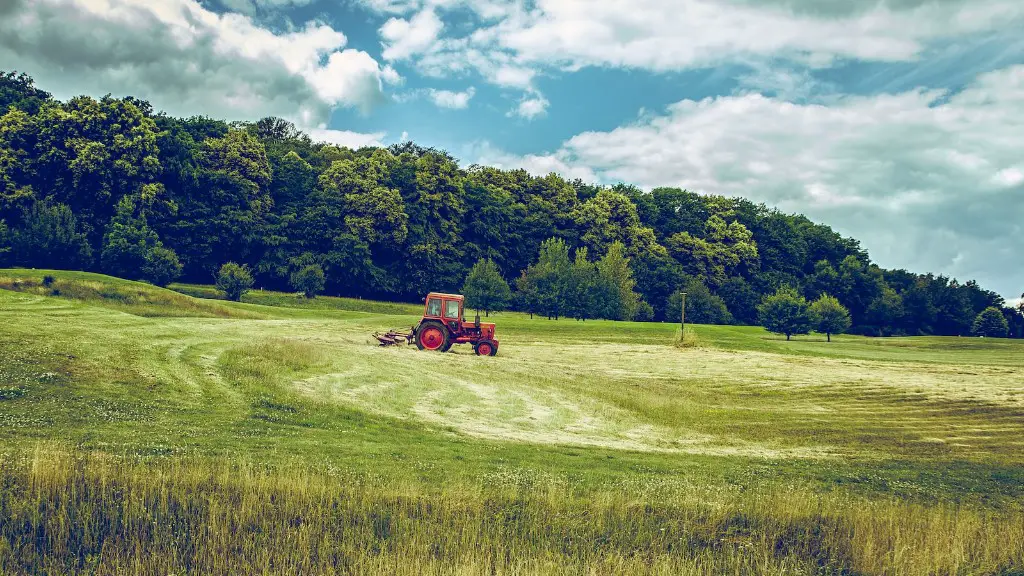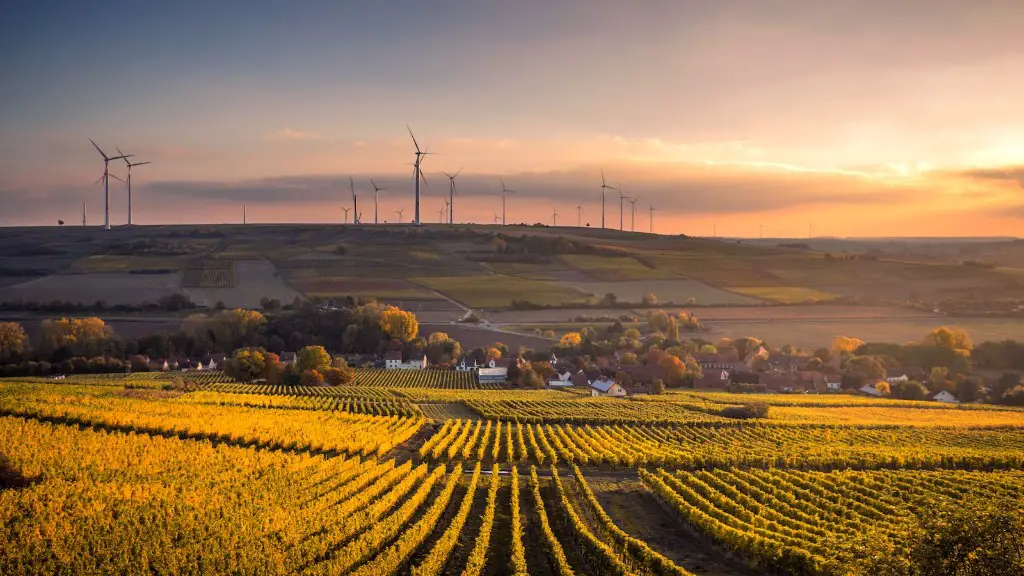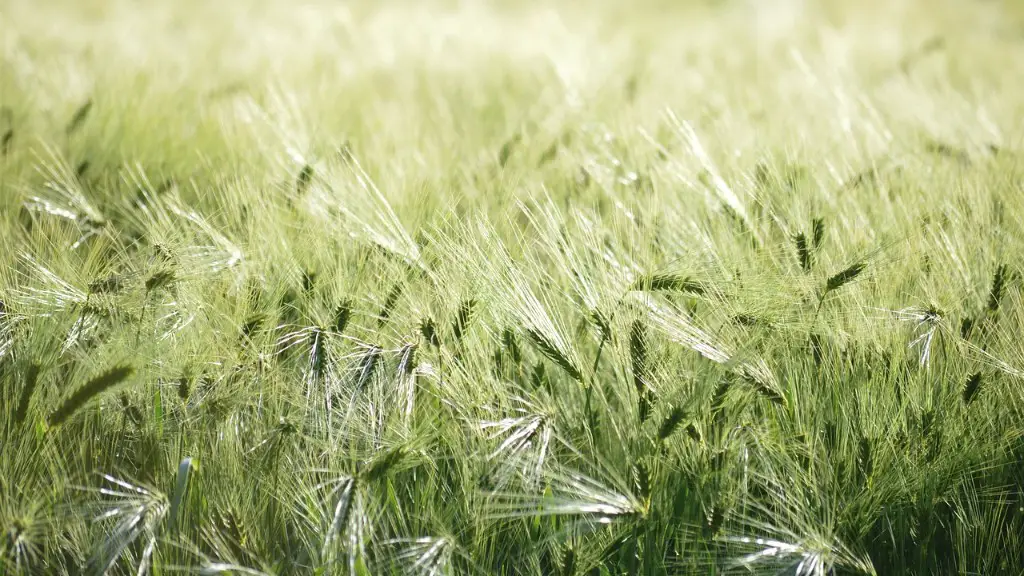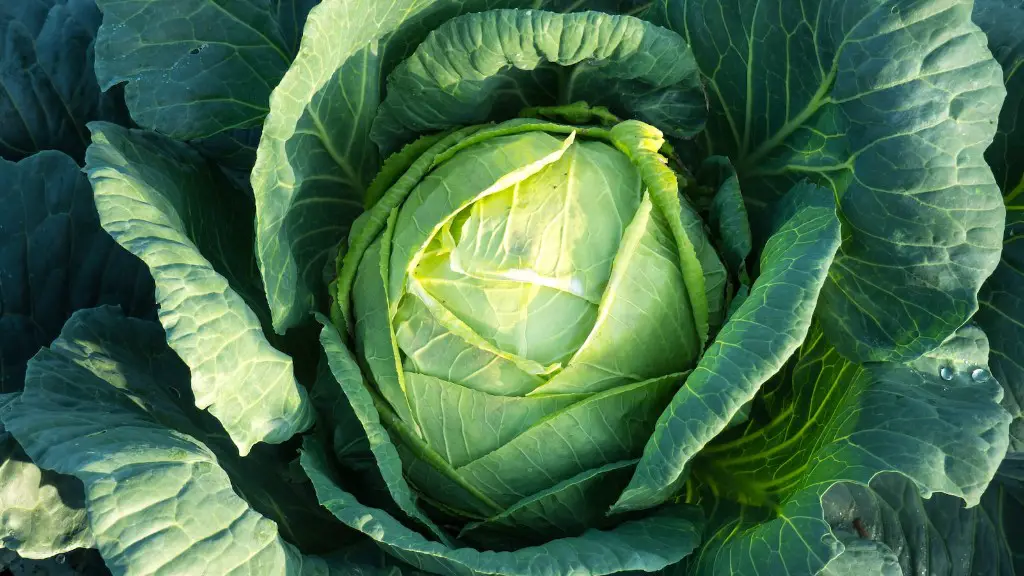Regenerative agriculture is a practice that works to reverse climate change by rebuilding soil organic matter and restoring ecosystems. It does this by using a suite of holistic management practices that mimic and work with nature. These practices include using cover crops, crop rotations, and managed grazing.
Regenerative agriculture has the potential to sequester carbon in the soil, reduce greenhouse gas emissions, and help build resilience to climate change. It can also help improve water quality and quantity, restore biodiversity, and increase farmers’ profitability.
There is no one-size-fits-all answer to this question, as the specific regenerative agricultural practices employed will vary depending on the climate, soil type, and crop type. However, some common regenerative agricultural practices include using cover crops to improve soil health, using organic matter to improve soil fertility, and using rotational grazing to improve grassland health.
How is regenerative agriculture done?
Regenerative farming practices are those that focus on keeping the soil covered with vegetation and natural materials. These practices include mulching, cover crops, and pastures. Diversity is an essential component in building healthy soils that retain excess water and nutrients. By using these practices, farmers can help to improve the health of the soil and the environment.
There are a number of ways to make your farming more sustainable, and many of them start with simple changes to your practices. Using cover crops, reducing tilling, rotating crops, and spreading compost are all great ways to improve the health of your soil and the yield of your crops. Moving away from synthetic fertilizers, pesticides, herbicides, and factory farming is also important for the long-term health of your farm.
What are the 4 practices of regenerative agriculture
Regenerative farming is a type of agriculture that focuses on rebuilding the soil. The goal is to improve soil health and productivity, while also reducing the need for chemical inputs.
There are four main regenerative farming practices:
1. Promote biodiversity
Cover crops and crop rotation are two of the basic principles of sustainable agriculture that lead to greater biodiversity. By diversifying the types of plants grown in a field, farmers can create a more balanced ecosystem that supports a wider range of wildlife.
2. Eliminate or decrease tillage
Tillage is the process of breaking up and turning over the soil. It can improve soil fertility and drainage, but it also can lead to soil erosion and compaction. Regenerative farmers use tillage only when absolutely necessary, and when they do, they take steps to minimize its impact.
3. Reduce the use of artificial fertilizers
Artificial fertilizers can provide a quick boost of nutrients to plants, but they can also pollute waterways and deplete the soil of essential minerals. Regenerative farmers rely on organic matter, such as compost, to fertilize their crops.
4. Use regenerative grazing management for livestock
Regenerative grazing is a type
There are a number of regenerative agriculture practices that every grower should follow in order to promote healthy and sustainable growth. These practices include reduced or no-till farming, cover cropping, composting, increasing crop diversity, organic annual cropping, PhycoTerra soil microbe food, animal integration, and managed grazing. By following these practices, growers can help improve the overall health of their land and promote sustainable growth for the future.
What are the negatives to regenerative agriculture?
Rotational grazing is a type of grazing where animals are moved to fresh pasture regularly. This type of grazing can help prevent overgrazing and can improve soil health. Rotational grazing can also help reduce greenhouse gas emissions from agriculture.
There are a number of vegan-aligned brands that source material exclusively from regenerative farms. Milkadamia, a plant-based brand known for its non-dairy milk products made from macadamia nuts, has publicly committed to regenerative farming. This is a great step forward for the regenerative agriculture movement, as it shows that regenerative practices can be adopted by any type of farm, not just livestock farms.
Can you make money regenerative farming?
A 2018 study by the Ecdysis foundation found that farmers who invest in these soil-health improving practices tend to have higher profitability than farmers who use conventional practices. In fact, these regenerative farmers were nearly 80% more profitable can conventional farmers!
If you’re thinking of starting a small farm, there are a few things you should keep in mind. First, it’s a significant time and financial investment – you’ll need to spend at least $5,000 to $10,000 to get started. Additionally, your crops won’t generate income for months, so you’ll need to have other sources of income to support yourself during that time. Finally, make sure you do your research and understand all the responsibilities that come with running a farm before you make the leap.
Is there money in regenerative agriculture
Regenerative agriculture is becoming more and more popular as it is shown to be more profitable than the industrial model. Regenerative agriculture is a system of farming that regenerates the ecosystem. It involves practices such as no-tillage, cover crops, and composting. These practices help to improve soil health, which in turn increases crop yields. Regenerative agriculture is also more resilient to extreme weather conditions and can help to mitigate climate change.
If you want to run a nursery as a profitable enterprise, you can do it on as little as 3000 square feet or some 300 square meters. Count that you’ll need between 01 and 025 of an acre at most.
What are 5 principles of regenerative farming?
Regenerative farming is a type of agriculture that focuses on rebuilding and enhancing the natural resources in the ecosystem. The 5 principles of regenerative farming are:
1. Soil Armor: This principle focuses on protecting the soil from erosion and compaction. This can be done by using cover crops, mulch, and organic matter.
2. Diversity: This principle promotes diversity in the ecosystem by planting a variety of crops and using multiple cropping systems. This increases the overall health of the ecosystem.
3. Continual Live Plant/Root: This principle ensures that there is always a live plant or root in the soil. This helps to improve soil health and fertility.
4. Livestock Integration: This principle integrates livestock into the ecosystem. This can be done by using grazing systems and rotational grazing.
5. Minimizing Soil Disturbance: This principle minimizes the amount of soil disturbance. This helps to protect the soil from erosion and compaction.
It can take a long time to build up topsoil, but it is essential for healthy plants and gardens. Topsoil is the upper layer of soil that is rich in organic matter and helps to hold moisture. Without topsoil, plants would struggle to grow.
What’s the opposite of regenerative farming
Conventional agriculture is often cited as one of the leading causes of climate change. Plowing, using synthetic fertilizer and chemical pesticides, and growing the same crop year after year degrade the soil and release carbon into the atmosphere. No-till farming, on the other hand, actually helps to sequester carbon in the soil and can have a net positive effect on the climate.
Regenerative agriculture is a type of agriculture that focuses on rebuilding and restoring the natural environment. Some examples of regenerative agriculture practices include using cover crops, minimal soil disturbance, diversified crop rotations, and field buffers.
What is the difference between sustainable and regenerative farming?
Sustainable practices are those that seek to maintain the same level of productivity in a natural system, while regenerative practices recognize that the system is currently impacted and work to restore it to improved productivity.
It is important for farmers to have support for a few years while they are transitioning to regenerative agriculture. After that, they may not need extra support and can be more profitable. However, the initial years are crucial and need to be taken into account.
Is regenerative better than organic
Organic agriculture is a set of production practices that aim to create products that are healthy for consumers and the environment. Regenerative agriculture is a type of farming that not only aims to create products that are healthy for consumers and the environment, but also aims to improve the ecological and social function of the farm and community.
Reduced water use is a practices that helps growers conserve water. This means that growers will need to irrigate their fields less often, and the soil will make better use of the water they do add. Regenerative practices can help growers conserve water and improve their soil health.
Conclusion
There is no one-size-fits-all answer to this question, as the practice of regenerative agriculture will vary depending on the specific conditions and resources available in each location. However, some common regenerative agriculture practices include using cover crops and/or green manures to improve soil health, implementing rotational grazing to promote grassland health, and using agroforestry systems to create more diverse and resilient landscapes.
There are many ways to do regenerative agriculture, but the most important thing is to start with the health of the soil. Once the soil is healthy, the rest of the ecosystem will follow. Plants will be more resilient to pests and diseases, and will produce more food for the animals that live in the area. The key to success is to work with nature, not against it.





